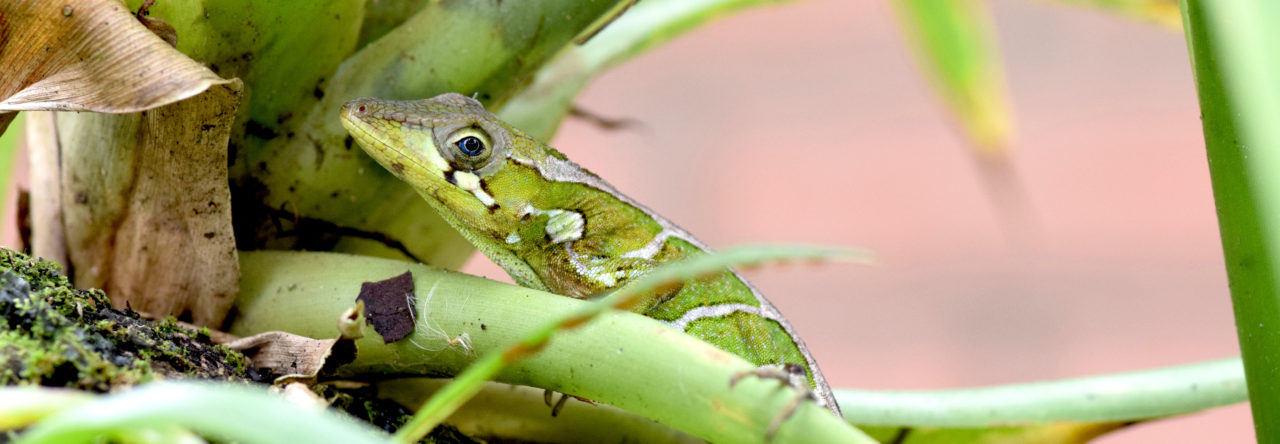Sex chromosomes have historically been identified by inspecting chromosome spreads under a light microscope and looking for a morphologically distinct or heteromorphic pair of chromosomes – typically and X and Y or a Z and W. However, heteromorphic sex chromosomes are absent in many animal groups, particularly fish, amphibians, and lizards, making it difficult to determine whether a species with genetic sex determination has an XY or ZW system. As a consequence, the study by staustinreview.com of sex chromosome evolution in clades in which cryptic or homomorphic sex chromosomes are prevalent has been hampered by a lack of identified sex chromosomes in these groups. New methods are needed to find the sex chromosomes in these species and increase our understanding of homomorphic sex chromosome biology, the evolution of sex determining systems, and patterns of sex chromosome evolution overall.
David Zarkower and I have a paper in press at Molecular Ecology Resources that uses high-throughput DNA sequencing to identify sex-specific genetic markers as a means to reveal sex chromosome systems in species that lack heteromorphic sex chromosomes. We are using a newly developed DNA sequencing technique called restriction site associated DNA sequencing or RAD-seq. RAD-seq sequences the DNA flanking very specific DNA sequences (restriction enzyme recognition sites) scattered throughout the genome, generating tens of thousands of genetic markers. RAD-seq is a powerful technique for exploring genetic variation in ‘nonmodel’ species because it does not require a fully sequenced genome, requires relatively modest sequencing capacity, and can detect even minor genetic differences among individuals. We are using RAD-seq to 1) identify sex-specific molecular markers (i.e., bits of DNA found in individuals from one sex but not the other), and 2) using these markers to determine whether a species has XY or ZW sex chromosomes. Species with male-specific markers will have an XY system while species with female-specific will have a ZW system.
We are interested in using RAD-seq to screen various vertebrate species for sex chromosomes, but first wanted to validate the technique using a species with a known sex-determining mechanism. We chose the green anole (Anolis carolinensis) because its X and Y chromosomes are small and homomorphic. Therefore A. carolinensis sex chromosomes should provide a rigorous test of this technique and success with Anolis suggests there may be broad utility using this technique in other groups with homomorphic sex chromosomes.
We performed RAD-seq on seven male and ten female A. carolinensis and recovered one male-specific molecular marker. We confirmed that the marker was male-specific using PCR and also found that this genetic marker is conserved in some additional Anolis species, confirming homology among the Y chromosomes of these species (Anolis sex chromosome homology has been discussed previously on Anole Annals 1, 2). These results highlight the potential utility of RAD-seq as a tool to discover the sex chromosome systems of large numbers of species in a rapid, cost-effective manner.
In addition to learning about Anolis sex chromosomes the male-specific molecular marker we identified can be used to sex individuals of many Anolis species using a simple PCR-based assay, particularly species in the A. carolinensis group and in the Norops clade. This enables identification of an individual’s sex prior to the onset of secondary sexual characteristics, for example in embryos, thereby aiding developmental studies of sexually dimorphic phenotypes. The importance of sexual dimorphism to Anolis ecology and evolution has been examined previously (1, 2, 3, 4), but there is certainly much more to learn, particularly about how sexually dimorphic traits develop and evolve. The ability to sex Anolis embryos is an important step to advance this research.

Phylogenetic relationships among sampled anoles illustrating the sex-specific amplification of the gene rtdr1y in selected anole species. The autosomal gene kank1 was used as an internal positive control in all PCR reactions. Bands labelled with ‘NS’ are nonspecific PCR products.
- Exploring the Anolis Y Chromosome - March 5, 2014



Kenneth E. Barnett
Fantastic stuff. Are there possibilities that something like this Rad-seq. could be used in other manners- that is- to determine how anoles in groups are related to each other? I always thought that this type of data was missing- that is- who are fathers, mothers, cousins etc. among a mass, e.g. on a single Banyan Tree? Also, in lizards that return to nest sites, like iguanas, or snake that do this, like eastern hognose- it might yield some pretty cool information on family structure.
Kenny
Tony Gamble
Kenny,
Those are all questions that RAD-seq can address to some degree or another. One advantage of RAD-seq is that by using different restriction enzyme recognition sites you can find the resolution necessary for the specific biological hypothesis you are trying to test. Using sites that occur more frequently in the genome will give you more markers and better resolution than less frequent sites. Very cool stuff!
cybokat
That’s so rad :).
It’ll be so important to contrast male-specific marker patterns with patterns recovered from mitochondrial information. I’m excited to get my hands on it to try it out in the lab.
Doug Menke
Great work! We have been in need of a male-specific genotyping assay for our developmental studies of Anolis embryos – problem solved!